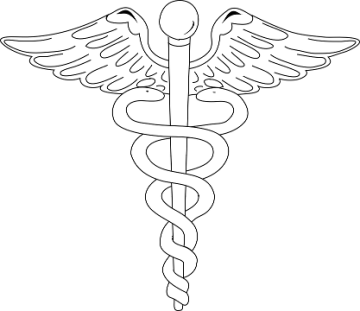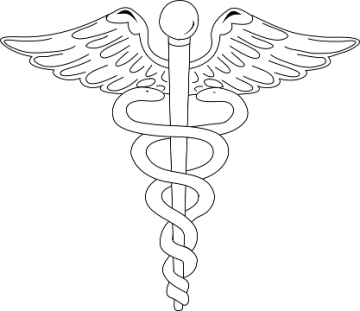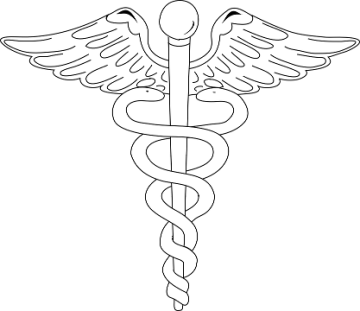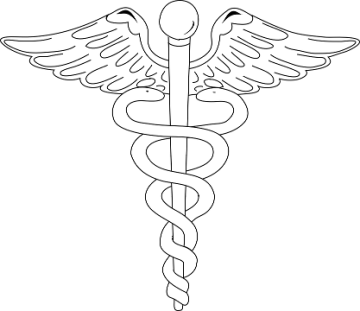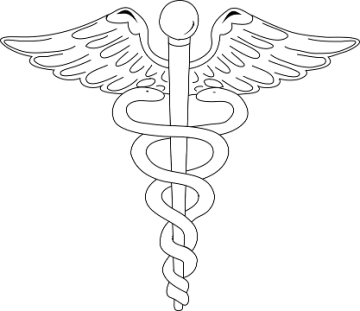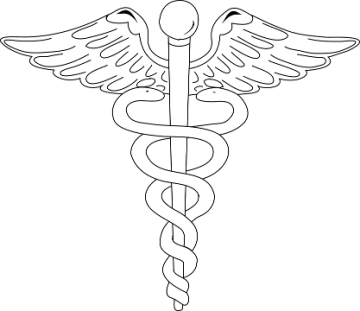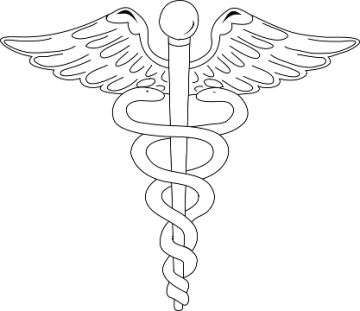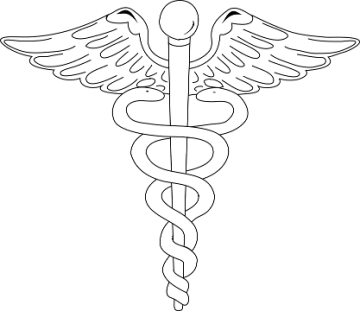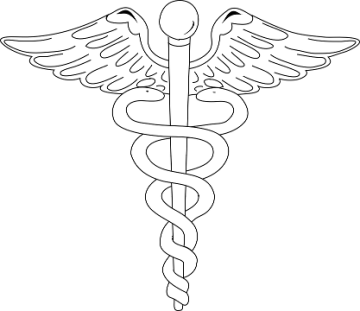Earlier Retirement for People with Chronic Musculoskeletal Pain
Frequent musculoskeletal pain is linked with an increased risk of exiting work and retiring earlier, according to a new study from the University of Portsmouth. The paper found the association between musculoskeletal pain and retiring earlier persisted even after accounting for working conditions, job satisfaction and gender. The researchers found that people with musculoskeletal pain complaints tended to retire earlier compared to pain-free participants.

